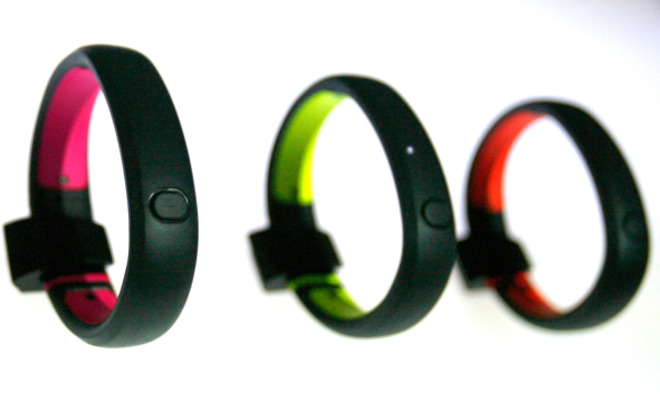Nike's new FuelBand SE is a gorgeously designed missed opportunity
New colors? Sure.

Oh, Nike! Your first FuelBand was a sleek little gadget that did the unthinkable: It made fitness seem cool and futuristic in the eyes of pizza-loving, couch-worshipping American kids. Although its metrics were odd (FuelPoints, really?) and its data was only transmittable to iPhones, the FuelBand's design and execution were impeccable. There's a reason folks sought the thing out as if it were a pair of Jordans.
In fact, I'd argue that the FuelBand was the rare "game changer" that was an actual game changer, making its market category remarkably better. Before the FuelBand, fitness trackers were functional, but bulky and ugly. Now, look at the Jawbone Up, or the last two bands by FitBit. Sleek, minimal, and unobtrusive are basically design prerequisites.
That's partly why I was really excited about the prospect of a FuelBand 2.0 — at least until the curtains were lifted.
The Week
Escape your echo chamber. Get the facts behind the news, plus analysis from multiple perspectives.

Sign up for The Week's Free Newsletters
From our morning news briefing to a weekly Good News Newsletter, get the best of The Week delivered directly to your inbox.
From our morning news briefing to a weekly Good News Newsletter, get the best of The Week delivered directly to your inbox.
Today, Nike announced the next iteration of the FuelBand, the Fuelband SE. It looks a lot like its predecessor, except now you can get it with a "tastefully done" splash of color, as Dann Berg at The Verge puts it, with neon green, pink, or red highlights. It looks and feels pretty much the same, too:
Other than the color additions, the new FuelBand SE feels exactly the same. There's still the pleasant slightly rubbery texture and clasp that unlocks to reveal the USB connector. It feels exactly the same weight, too, which is light enough that it doesn't get in the way. [The Verge]
So what are the changes? The biggest is the addition of BlueTooth 4.0, which beams real-time workout data to your smartphone. Also its internal gyroscopes and accelerometers can detect new low-impact workouts and activities, as Christina Chaey at Fast Company notes, like cycling, yoga, and even sleeping.
Unfortunately, the FuelBand is only compatible with iOS devices, meaning Android users have to plug it into a computer in order to glean their workout data. This is an enormous missed opportunity on Nike's part.
"With the audience using iOS and the audience using the Web, we wanted to make sure that we had the best experience possible," said Nike experience director Ricky Engelberg at a press event earlier today in New York. "We always want to evaluate new platforms, but we want to make sure we take care of the platforms that we're on."
A free daily email with the biggest news stories of the day – and the best features from TheWeek.com
In February 2012 it was possible to argue that gambling on exclusivity with an affluent device like the iPhone was strategically sound. But nearly two years later, Samsung, Motorola, and HTC all make top-shelf Android phones that best the iPhone in various ways. That make's Nike's focus on Apple downright puzzling.
Recently, Apple made news when it poached Nike design director Ben Shaffer, who spearheaded the Flyknit shoe and, more interestingly, the FuelBand. This suggested to a lot of people that Apple was looking to tap into the design sensibilities of the original FuelBand — which Tim Cook, who serves on Nike's board, and other executives at Apple are huge fans of — for the long-rumored iWatch. There's more going on behind the scenes between the two companies than meets the eye.
But still, Nike's decision to exclude Android, which comprises 80 percent of the mobile market, just doesn't pass the gut punch test, incremental improvements and racing stripe colors aside. It feels like a tremendous oversight. That's inexcusable when you consider that its fiercest rival, the newly announced FitBit Force, looks just as great, uses widely accepted metrics like steps taken and calories burned, and plays nicely with Android.
Nike has always fared well using strategic exclusivity to push its products. Only this time it could be pushing toward the wrong side of history, making the FuelBand SE nothing less than a huge disappointment.

